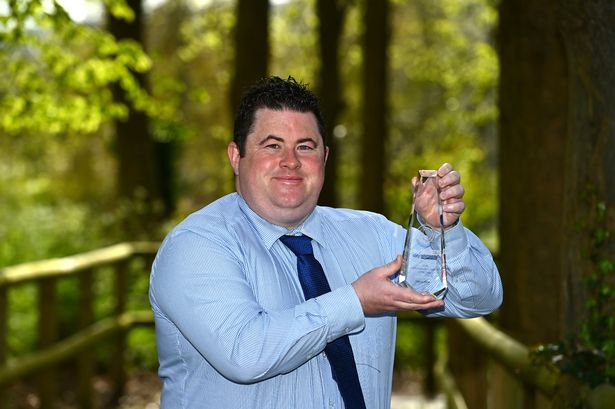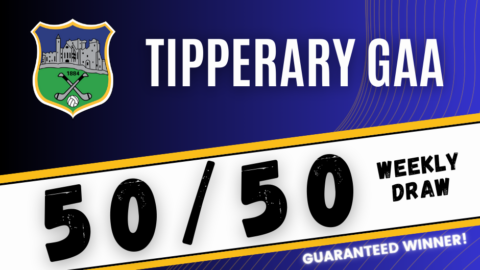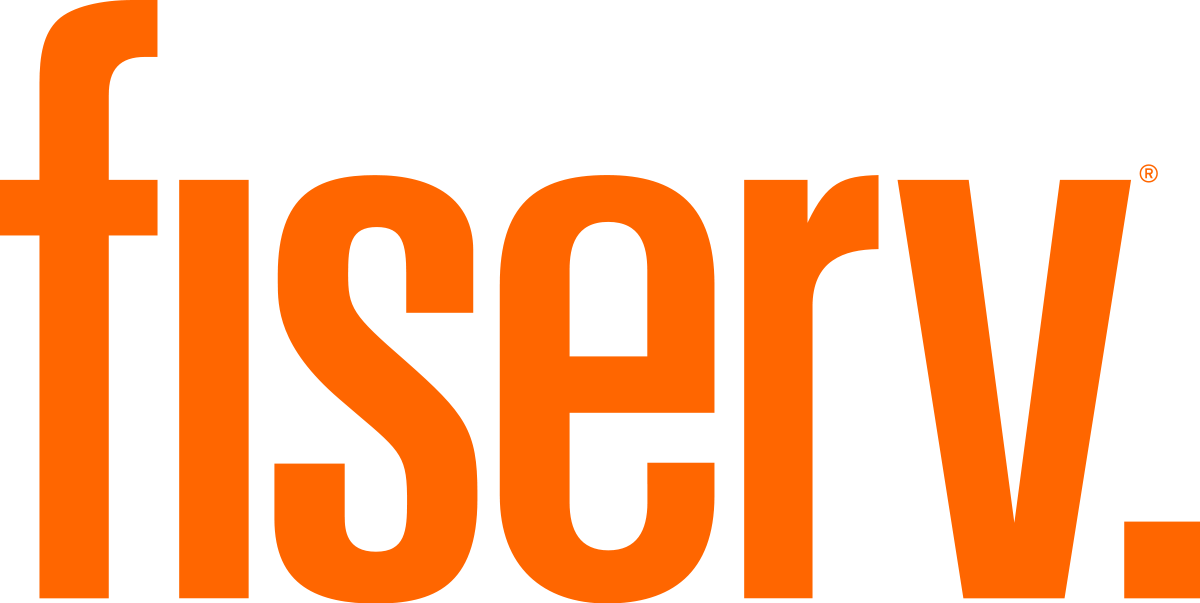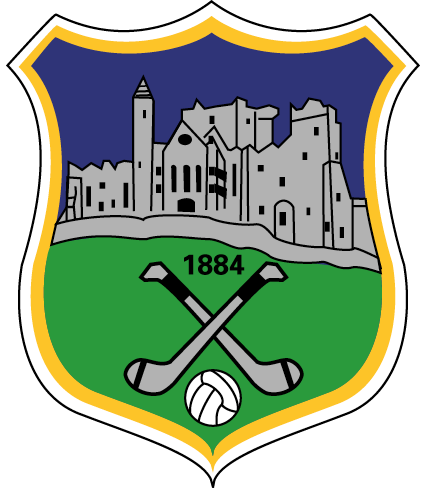
Tailteann Cup
Our senior footballers travelled to Pairc Uí Chaoimh last Saturday afternoon where they took on Waterford in Round 3 of the Tailteann Cup. Played in ideal conditions, Tipperary had just about enough to overcome the opposition and emerge victorious by 1 point on a full time score of Tipperary 0-17 to 1-13 for Waterford. This game signalled the end of Tipperary’s involvement in competitive action for 2023 and we thank all the players for their outstanding commitment and dedication to Tipperary football throughout 2023. A big thanks must also go to the senior football team management lead by David Power who have worked extremely hard with this group of players during the course of the year and indeed for the last number of years. It has not always been an easy journey and there have been many obstacles along the way, but the management team and players have always faced each new challenge with great determination and vigor.
Following on from Saturday’s game, Manager David Power announced on Tuesday evening his intention not to continue in the role. Tipperary GAA County Board and The Tipperary Football Committee along with the players wish to thank David for his fantastic dedication and commitment to Tipperary Football over the last 17 years and wish him the very best of good luck for the future.
Tipperary Clubs Draw
The June Tipperary Clubs draw]aw took place last Friday June 2nd and was hosted by the Eire Óg Annacarty Donohill GAA Club. On the night the big winner was Ballybacon Grange’s Mary and Thomas Lynch who scooped the first prize of a Citroen C3 or €15,000. The second prize of €5000 was won by Dolores Mannion with the Kilruane MacDonaghs club, while the lotto jackpot of €4000 was not won. Congratulations to all the winners on the night.
FBS Insurance County Leagues
A number of very important games are scheduled to take place over the coming days in the FBD Insurance County Hurling Leagues. First up will be the Division 4 final between Clonoulty Rossmore nd Kiladangan which takes place this Thursday June 8th in Templederry at 7.30pm. Then on Friday night, Templetuohy will be the destination for the hurlers of Knockshegowna and Rosegreen as they face each other in the Division 6 final at 7.30pm. There will be a double header on Saturday in FBD Semple Stadium as Eire Óg Annacarty Donohill and Holycross Ballycahill take to the field at 4pm in the Division 2 final. Then at 5.45pm, the Division 1 final between Kiladangan and Toomevara will be down for decision. Then on Sunday at 7pm the hurlers of Galtee Rovers and St. Patricks will head for Cahir to decide who will be crowned Dividion 5 winners. Tickets for all these games are now available to pre purchase on the Tipperary GAA website. Tap and Go will also be in operation at each venue.
Tipperary GAA Now Recruiting 3 Games Development Coordinators
The GAA, in conjunction with Munster GAA and Tipperary GAA, are now welcoming applications for the role of 3 GAA Games Development Coordinators in County Tipperary.
The role holder will be responsible for the delivery of GAA games development policy and related programmes as contained in the county coaching and games development plan in local clubs and schools (Primary and Post Primary) within a geographic area of a county. The role will also focus on establishing self-sufficient and sustainable clubs by building capacity and capability within the volunteer structure to deliver a games development programme.
A key target associated with the role will be the growth and retention of coach and player participation.
The role holder shall be required to work 39 hours per week, which will include weekends and evenings when required, and the hours may vary depending on seasonal changes.
To view the full job description and for details on how to apply please go to the Tipperary GAA website where you will get all the information.
Health and Wellbeing News
The new Citizen’s Assembly on drugs in the Republic of Ireland had its first sitting in April.
It is timely. The topic of drug use in Ireland has moved from the fringes to the mainstream. This is understandable considering Class A drugs (such as cocaine, ecstasy, MDMA, considered under law as the most harmful) are more accessible and visible across all walks of Irish life than ever before. Hopefully, the Citizens Assembly will facilitate an informed discussion around the facts and help identify an appropriate response that best fits Ireland’s experiences and needs. So where does the GAA fit into this equation? What is the role of a community-orientated sports association and where does our remit lie?
Before we explore that, let’s look at some of the facts around drug use in Ireland. If we were to accept some of the public narrative, one might believe that every young person between 18- and 34-years-old is using cocaine. This type of overstatement is unhelpful. We hear such accusations regularly in relation to GAA squads: ‘Sure they were all off their heads on cocaine in the local on Saturday night’. Young people know this isn’t true as the majority don’t use illegal drugs. The minority who use drugs also know it isn’t true. Therefore, they are all less likely to engage with factual information on drugs when provided to them by a reputable source. This sort of over-reporting also normalises drug use for the next generation as they have heard (incorrectly) that the majority of those older than them are using drugs.
It’s worth remembering that alcohol remains the most common drug used in Ireland. It is legal for those aged 18 plus, but like many other illicit drugs it alters our relationship with ourselves, others, and the world around us, and changes the way our body and mind operate. According to a report from the Health Research Board (HRB) in 2021, Ireland ranks 9th among OECD countries in terms of alcohol consumption and 8th in the world when it comes to monthly binge drinking, defined as consuming more than six standard drinks in one sitting. The report continues:
‘In 2019, on average every person in Ireland aged 15 and over drank 10.8 litres of pure alcohol a year – the equivalent of either 40 bottles of vodka, 113 bottles of wine or 436 pints of beer. Given one in four people in Ireland don’t drink at all, actual consumption rates among those who do drink would be much higher than this.’ The starkest finding of the report highlights that alcohol-related harm leads to three deaths per day and a growing burden on an already stretched hospital system.
When it comes to illegal drug use in Ireland, the three most popular substances are cannabis, cocaine, and ecstasy (MDMA). The European Monitoring Centre for Drugs and Drug Addiction publishes a yearly report covering all members of the EU. The 2019 research available for Ireland (Republic only) is a little dated but reveals that:
- 24.4% of people aged 16-54 used cannabis at least once in their lifetime (just below the EU average of 27.3%)
- 13.5% of young adults aged 15-34 used cannabis in the last year (again below the EU average of 15.5%)
- In terms of cocaine, 8.3% of Irish people used it at least once in their lifetime, above the EU average of 5%
- 4.8% of young adults aged 15-34 used cocaine in the last year, more than double the EU average of 2.2%
- Lifetime usage of Ecstasy (MDMA) in Ireland amongst those aged 16-54 was 10.3% – almost three times the EU average of 3.7%
- 6.5% of young adults aged 15-34 used Ecstasy (MDMA) in the past year, significantly above the EU average of 1.9%
The age bracket of 15-34 closely mirrors the competitive age brackets for Gaelic Games. As noted, these figures are from 2019 and there is considerable evidence that suggests usage has increased in the intervening years. Even allowing for a significant jump in usage, only a relatively small percentage of members in a squad will have used either cocaine or ecstasy in the past year. Anecdotal evidence suggests higher usage in certain squads. That is very likely – some squads may have developed a culture and acceptability around the social use of cocaine or ecstasy. The same can be true of drinking and betting cultures. So what is the role of a GAA club when it comes to substance use, or alcohol or gambling for that matter?
The first thing a club needs to decide is the sort of culture it wants to promote and foster. Any culture needs to be consistent with the GAA’s or the club’s mission, vision, and values. It should also be communicated through a policy that sets out the expected set of behaviours – in this case a Substance Use policy. Such values and policies need to be brought to life through the everyday behaviours and experiences of club members. For example, there is no point in having a substance use policy that states a club is against the misuse of alcohol, especially by juvenile members, and the club then brings their U17 county championship winning team to the pub and publishes photos of them under the influence on the club social media channels.
The Community & Health department in Croke Park has with the support of representatives of the HSE’s Local and Regional Drug & Alcohol Task Forces developed a sample Substance Use policy for clubs. The principles of what it is trying to help a club achieve include:
- promoting the health and wellbeing of members
- developing a consistent approach to drug-related issues
providing onward referral to specialist services for members presenting with substance related issues
A club should also consider its role in terms of its members’ decision to use illegal substances in their own time, away from official club activities or events. A percentage of the population will always choose to use drugs and this is not exclusive to young people or athletes. It will include representatives from every walk of life. For this reason, it is important that any club Substance Use policy does not single out any cohort within a club (e.g. juveniles or players). It should speak to all members. While clubs may vary in their thinking regarding what someone does in their private life, the GAA Club Substance Use policy explicitly states that the use of illicit drugs at club events is unacceptable (meetings, training, games, dinner dances, fundraisers etc). It also outlines protocols for a club to follow should a member be suspected of or arrested for dealing illegal drugs. Anti-doping regulations are different and speak to substances used to improve sporting performance and are targeted exclusively at athletes. Some people believe that our players are using cocaine to enhance their sporting performance. There is no evidence backing this up in Gaelic Games. In fact, such is the impact of cocaine on the body’s system it is more likely to be detrimental to sporting performance and to one’s health. It is worth considering why people chose to use illegal drugs. The European Web Survey on Drugs (conducted by the European Monitoring Centre for Drugs and Drug Addiction (EMCDDA) and available here) included Ireland for the first time in 2021. A total of 5,796 respondents were eligible (i.e. they were aged 18+, reported that they lived in Ireland and had used illicit drugs in the previous 12 months). The research aims to capture the experiences of those who use drugs but may not experience dependency issues. It contained the following findings:
- 80% of Irish people who use cannabis do so to reduce stress/relax, while 57% do so to aid their sleep
- 88% of people who use cocaine do so to get high/have fun while 70% use it to socialise
Other interesting findings from the research revealed that among males, those aged 35 years and over were most likely to report frequent cocaine use, while those aged 18–24 years were least likely. Among females, those aged 25–34 years were most likely to be frequent users. Fifty-two per cent lived in a city, 30% lived in a town, and 18% lived in the countryside or a village. Just 5% had received treatment for drug use in the last year. While men are more likely than women to use such substances that gender divide is narrowing particularly amongst those of college age. Concern amongst GAA membership regarding substance use is real and understandable. It prompted a motion to be brought to each of the last two GAA Congresses for debate. In 2022, Rathdowney-Errill’s motion (which called for drugs and gambling addiction and anti-doping awareness programmes to be made compulsory for any adult player wishing to play championship) was deferred for consideration by the GAA’s National Health & Wellbeing Committee. The outcome was a collaboration with the HSE-funded local and regional drug and alcohol task forces, who established a team of experts to develop a substance use education workshop suitable for the delivery in clubs. Currently undergoing testing in the field, the initiative will be officially launched in the coming months. (Capacity of the task forces to deliver this in clubs will be limited and priority will be given to clubs participating in the Irish Life Healthy Clubs Programme initially. Only clubs with Substance Use policies in place will be considered for workshops.) Conversations have begun with the DACTs (Drug & Alcohol Coordination Teams) in the North to explore how a similar partnership might aid GAA clubs in the six counties access appropriate information and materials regarding substance use.
Tipperary GAA Scene
If there is anything you feel should feature in this column going forward, please feel free to forward it to pro.tipperary@gaa.ie
By Jonathan Cullen Wed 7th Jun





















